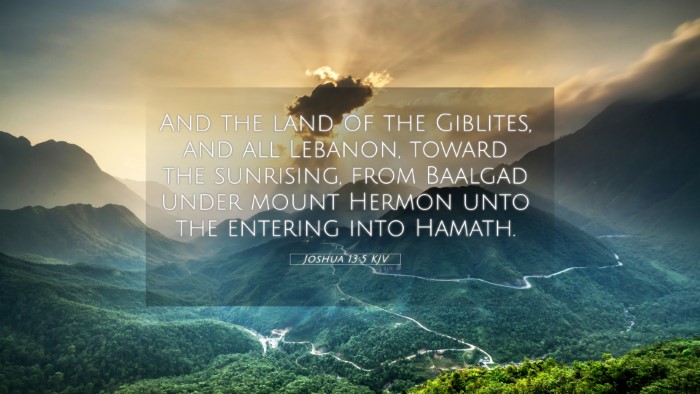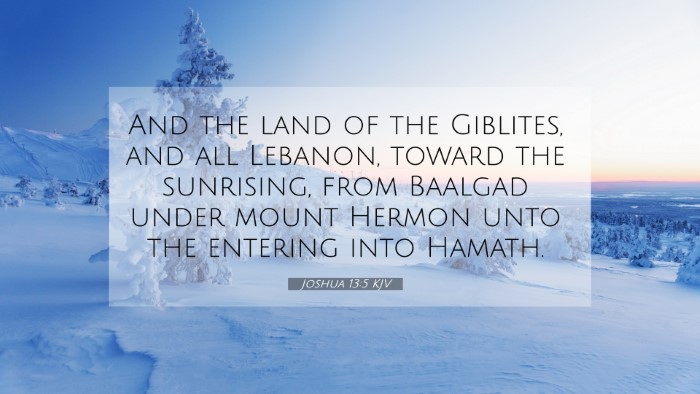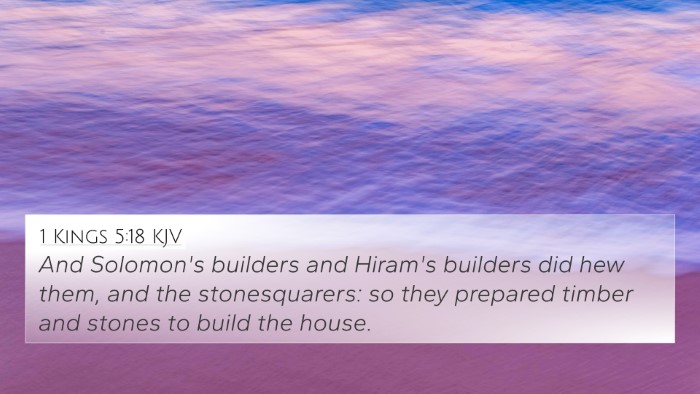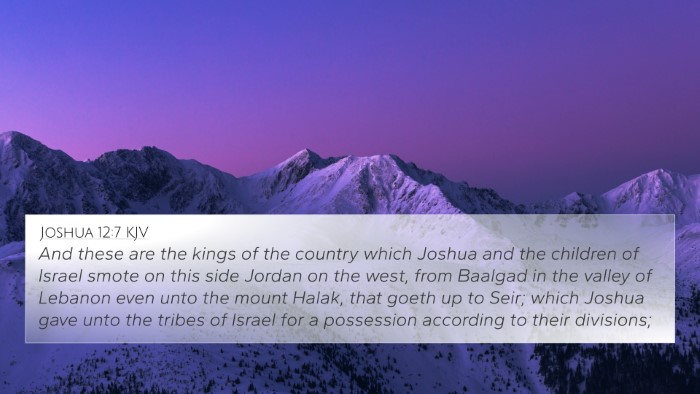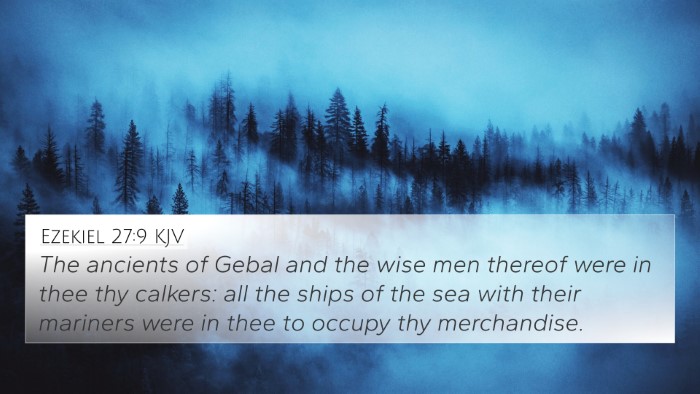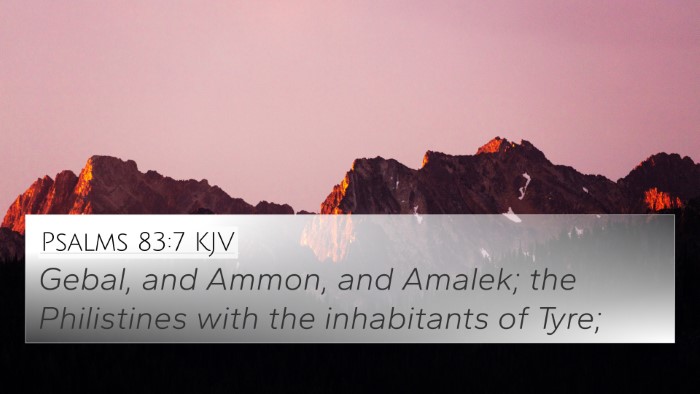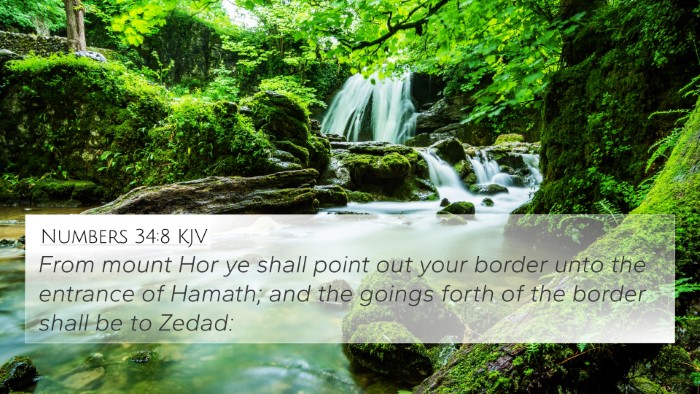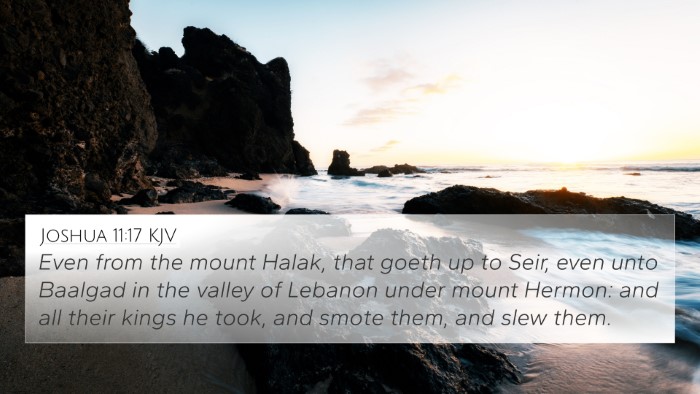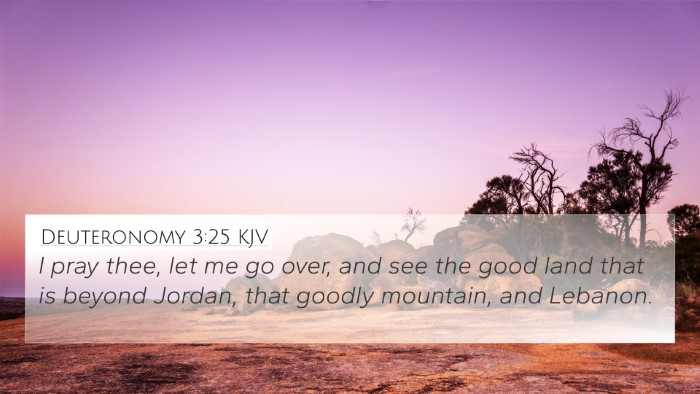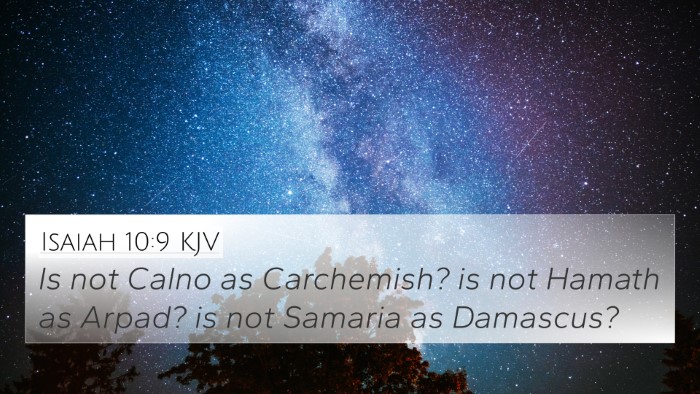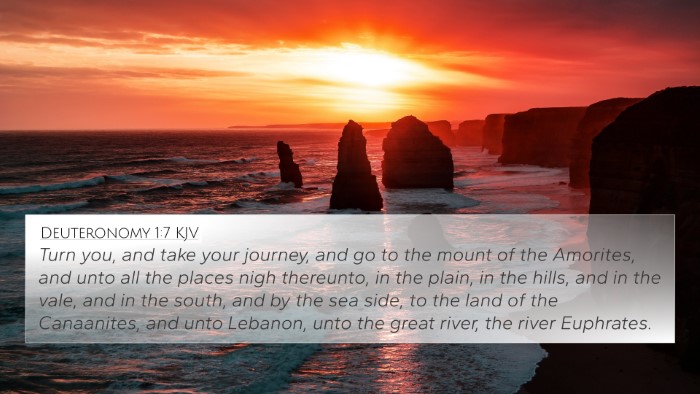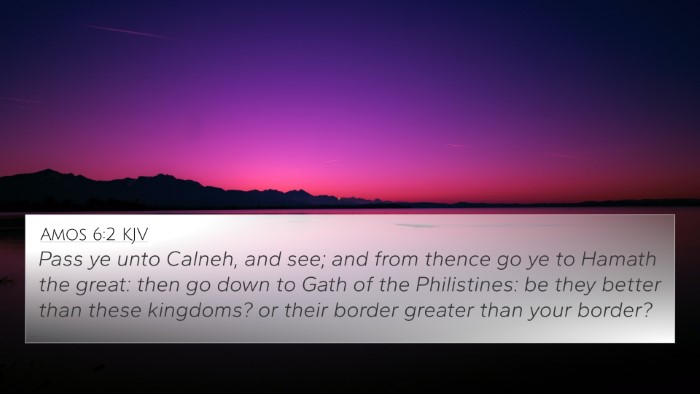Understanding Joshua 13:5
Verse Context: Joshua 13:5 states:
"And the rest of Gilead, and all Bashan, which was called the land of giants, which was called the land of giants, is the whole kingdom of Og, which was in the east."
Meaning and Interpretation
This verse appears in a section of the book of Joshua where the distribution of land among the tribes of Israel is being outlined. Matthew Henry, Albert Barnes, and Adam Clarke provide insights into the significance of this mention of Gilead and Bashan, particularly regarding their historical and theological implications.
Historical Significance
According to Matthew Henry, the mention of "Bashan" and its reputation as the land of giants signifies the presence of formidable foes that Israel encountered. It illustrates God's power in granting victory over seemingly insurmountable challenges.
Albert Barnes notes that the land of Og, the king of Bashan, was unique and remarkable because it was one of the last remnants of the Rephaim, a race of giants mentioned throughout the Bible. It serves as a testimony to God's promise of land to Israel despite the obstacles they faced.
Theological Reflection
Adam Clarke emphasizes the theological message that God fulfills His promises even in territories that might seem daunting or dangerous. The land of Gilead was known for its rich pastures, and it was a symbol of provision and abundance offered by God to the Israelites.
Connections Between Bible Verses
Joshua 13:5 serves as a pivotal verse that forms connections with various other scripture references. These connections enhance our understanding through Bible verse cross-references. Below are notable cross-references related to Joshua 13:5:
- Deuteronomy 3:11: Discusses the bed of Og, emphasizing the giant stature.
- Numbers 21:33-35: Israel's conquest of Og and the significance of their victory.
- Psalm 22:12: Mentions bulls of Bashan, alluding to its fierceness.
- Genesis 14:5: Introduction of the Rephaim and their existence in the land.
- Luke 8:26-39: References the Gerasenes region believed to be near Bashan.
- Matthew 24:15: Refers to the abomination of desolation in a place connected to Gilead.
- 2 Kings 15:25: References the geographical significance of Gilead in Israel's history.
- Micah 7:14: Calls out to God to lead His people as shepherds in Gilead.
- Mark 5:1: Again, connections to the region of Gerasa which relates to the larger Bashan area.
- Joshua 12:4-5: Details on the territorial gains made from Og during Israel's conquests.
Comparative Bible Verse Analysis
Through a detailed study of Bible cross-reference systems, we can observe thematic connections between Old and New Testament texts, shedding light on how previous history sets a foundation for New Testament teachings.
Cross-Referencing Biblical Themes
Identifying connections between Old and New Testament: By cross-referencing the stories of giants and territorial conquests, we can draw parallels to the spiritual struggles and victories experienced by believers today. The giants of Bashan can symbolize the spiritual strongholds faced by Christians.
Inter-Biblical Dialogue
This highlights the importance of inter-Biblical dialogue, fostering a deeper understanding of how scriptures converse with one another. Exploring these thematic Bible verse connections allows believers to see the continuity of God's plan and His enduring promises throughout history.
Tools for Bible Cross-Referencing
Utilizing Bible concordance and a cross-reference Bible study guide can facilitate your exploration into the connections between Bible verses. These resources allow individuals to uncover layers of meaning through cross-referencing Bible study methods, enriching their overall Bible study experience.

